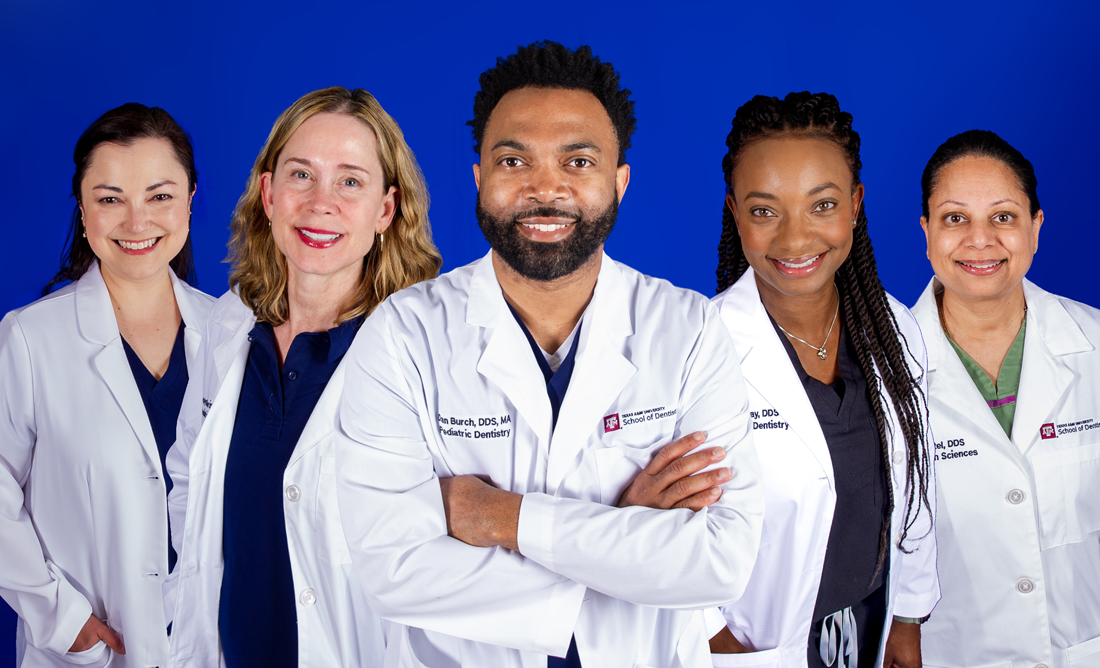Grant received for general practice residency program

With $500,000 in a recently awarded grant, Dr. Dan Burch and other faculty members are planning Texas A&M School of Dentistry’s first general practice residency (GPR) program in partnership with HHM Health.
The Community Oral Health Outreach & Rehabilitation Training (COHORT) will establish a residency program to train dentists in general, pediatric, geriatric and special care dentistry. It aims to strengthen residents’ public health dentistry skills by teaching them to address population needs and to lead interprofessional care teams. The school will be partnering with HHM Health to provide care in one of their clinics in northeast Dallas.
“Overall, the project will initiate a primary care dentistry residency that will transform current practices and oral health care delivery in Dallas County,” the grant’s abstract reads.
Burch, a clinical associate professor in pediatric dentistry and program director of the school’s special care dentistry fellowship, said this project will transform the special care fellowship into a GPR fellowship. A GPR program focuses on more advanced clinical services for students, which has some differences from AEGD (Advanced Education in General Dentistry) programs. Most GPR programs are tailored toward special care dentistry, he explained, which includes disability, hospital and geriatric dentistry. A GPR program focuses on patients who have more medically complex needs than the average patient a dentist might treat in a private practice.
“Collectively, this process will see a much wider range of patients,” he said. “It’s going to prepare those residents for seeing patients who are more medically complex, or intellectually delayed or have trauma. It’s going to be immersed in community dentistry.
“These really advanced general dentistry residents are going to be in community clinics and assess patients who are typically only seen in hospital settings or only seen in sedation settings,” he said
The program will support six to eight residents per year and is expected to begin seeing patients in July of 2024 or 2025. In addition to Burch, Drs. Nina Ray, Carolyn Kerins, Simmi Patel and Blanca Peña are also working as cofounders of the program.
“Originally, the special care dentistry fellowship was made to mirror GPR programs in all its capacities,” Burch said. “We knew from the get-go we would eventually have to turn it into a residency program, whether an AEGD or a GPR. Now we’re going down the GPR pathway so we can add our next residency program to the college.”